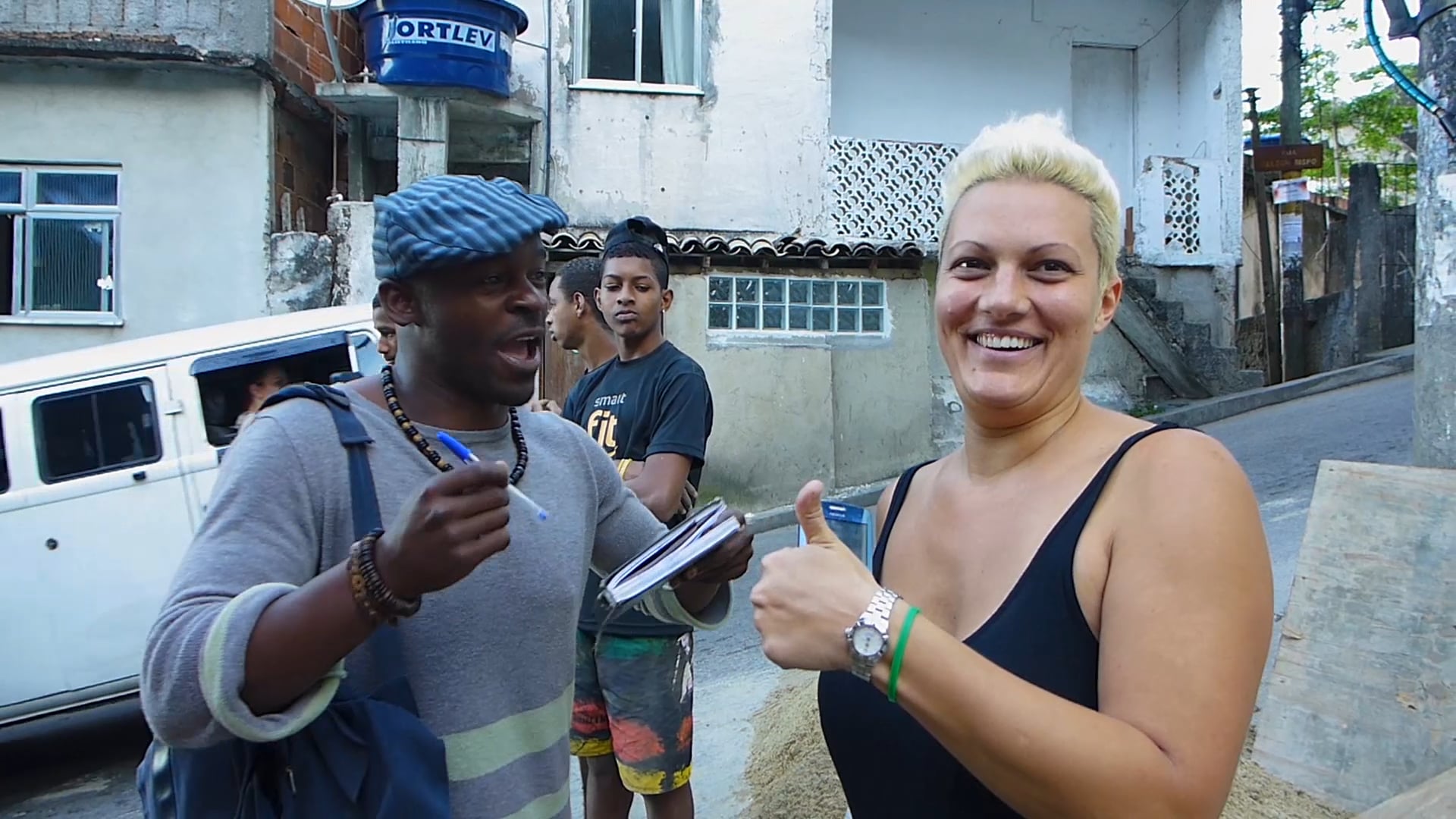About
Ninho
I met Ninho at the Vila Vidigal Housing Association the day he joined the action group Fala Vidigal. The group was composed of a few of the residents who, with the support of the Housing Association and the CatCom NGO, got together to discuss the issue of gentrification. Meeting every week, they organized four public debates on different aspects of the changes to Vidigal following the installation of the UPP unit in 2012. The debates took place at the main Vidigal entrance square and Ninho became not only an assiduous contributor but also a leading voice in the movement. Our collaboration on ‘Views of Vidigal’ started when we volunteered to make two videos on gentrification, which were screened at the Fala Vidigal debates (video1 and video2).
Ninho’s political presence has grown over the years. He started Politilaje, a forum for political discussion frequented by a mixed group of activists from Vidigal and other parts of the city. Ninho has now secured a representative position in the local government as Tutelary Councillor (Conselheiro Tutelar).
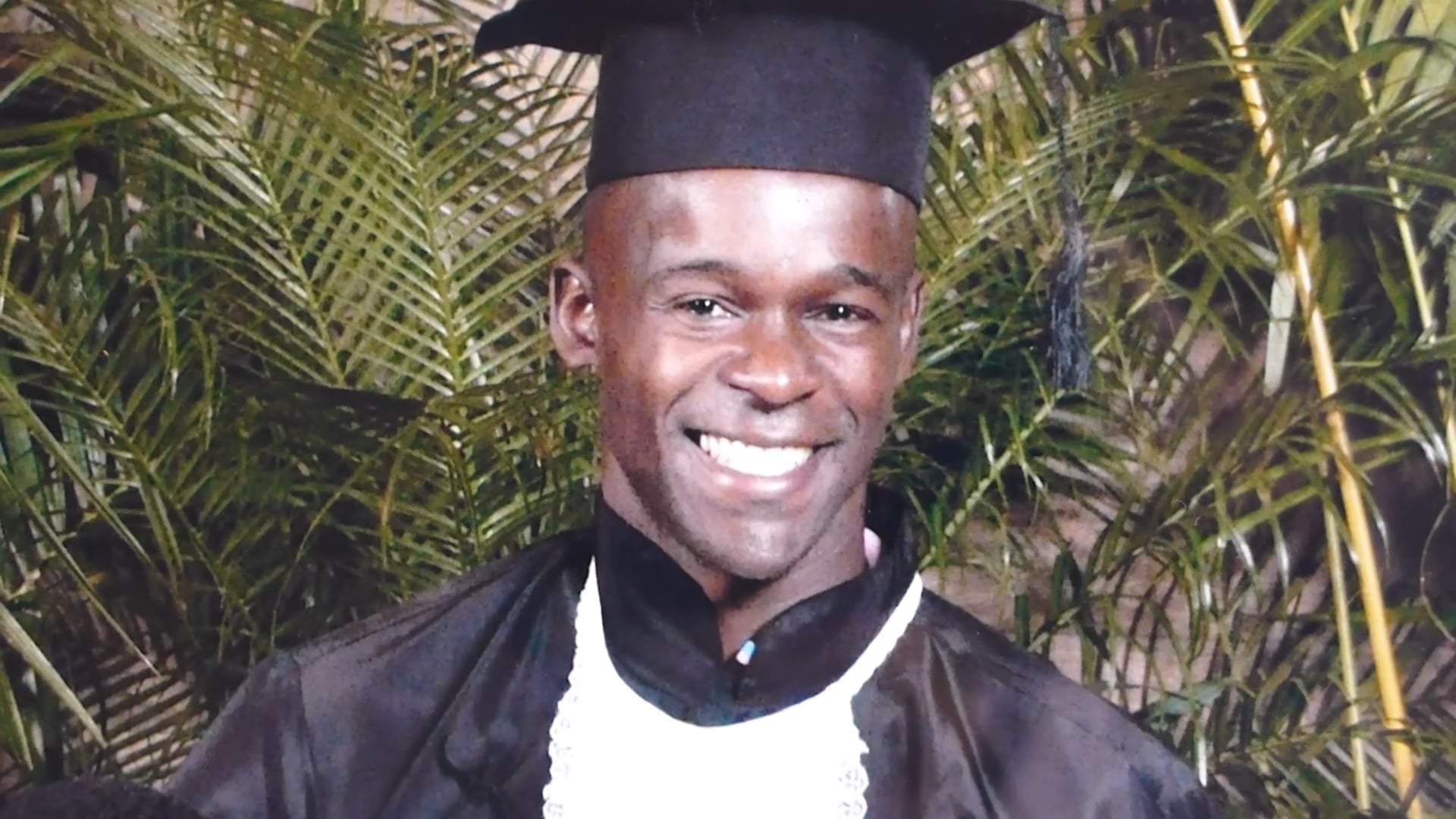
Arvrão
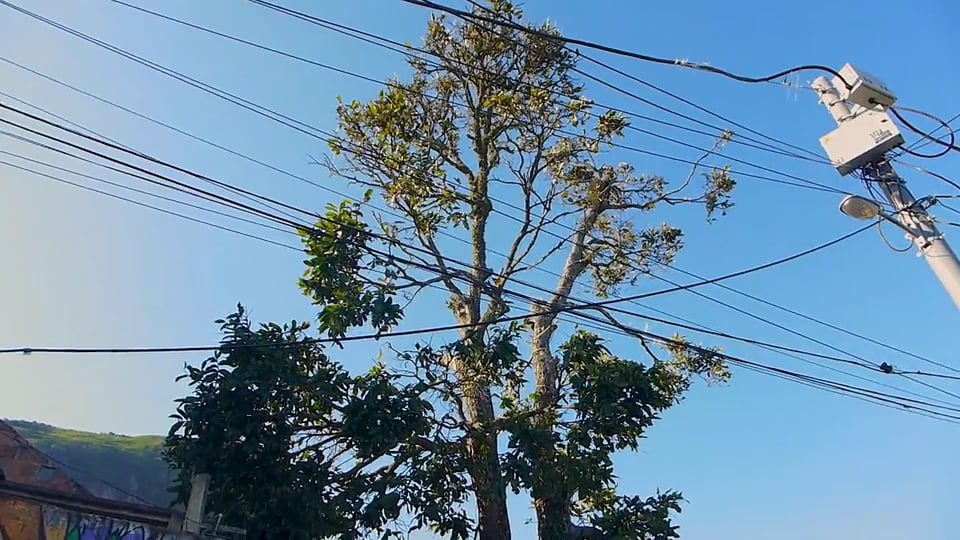
South Zone favela gentrification was of interest not only to the outside pioneers who started investing in the informally regulated local real estate markets. The mainstream national media were on their heels, promoting a public campaign to change the image of favelas from no-go dangerous areas to trendy tourist destinations ripe for development. The goal was to seize the moment and, in changing Rio de Janeiro’s middle-class entrenched prejudice against favelas, open the way to greater capital investment. However, the transformation of favelas into valuable real estate commodities via piecemeal gentrification required not only a change in middle-class cultural perceptions but also a strong political and economic environment. In Arvrão, Ninho and I walk through an area of Vidigal called Vinte Cinco (Twenty Five), which was once a main stronghold of the drug business, a lookout point where they could keep an eye on the favela alleyways for police raids or rival drug cartel members. Ironically, this point, Arvrão, has become a major tourist attraction and the location of Vidigal’s trendiest middle-class hostels and bars. Ninho’s hesitation to mention this in the film shows that the drug business kept a significant presence, albeit inconspicuous, in the pacified favela. This film shows perspectives of different stakeholders on the emerging process of gentrification.
Guto and Graça
Despite its prime location between two of the most expensive neighbourhoods in Rio de Janeiro, Leblon and São Conrado, and its breath-taking views of the city and the Atlantic Ocean, Vidigal was a relatively small favela, with 10,000 inhabitants, according to the 2010 census (although the Housing Association estimates at least 30,000). There had been no violent incidents between the UPP and the residents, and the remaining drug trafficking operated quite discreetly. In short, it was a peaceful, small, well-located favela that attracted a lot of media attention. In Guto and Graça, I walk through the favela with Guto, a young architect, and his girlfriend Graça, a self-taught nutritionist, both activists against gentrification. The film illustrates the different and opposing views people have of both pacification and gentrification. It has been shown at film festivals, workshops and in the classroom more frequently than the others, as it has a direct connection with my argument that pacification created challenges and opportunities which were negotiated by residents depending on their position and ability to jump on the bandwagon of gentrification. Many suspected this was a short window of opportunity that would not last, and they were right. Since 2018, with the new political context, things have changed drastically. After seven years of relative peace, Vidigal residents are facing new life-threatening challenges to their livelihood and dignity.
I have published an article about Guto and Graça and ethnographic films as storytelling in the open access journal Anthrovision.
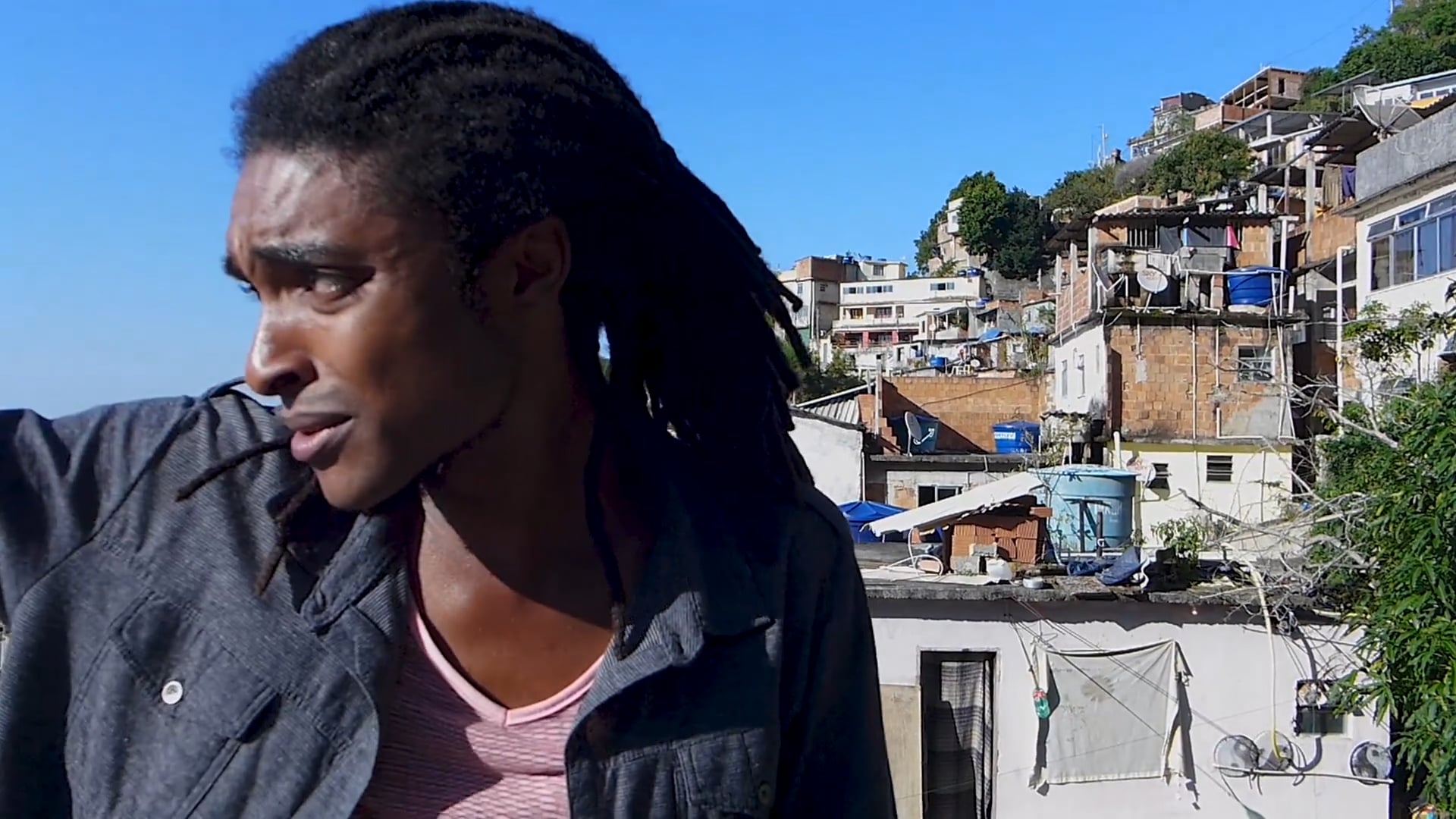
Marion’s House
I witnessed countless discussions inside and outside of Vidigal, personally, in the mainstream media, and on social media, on the viability and ethics of favela gentrification. Long-term residents expressed a mixture of curiosity, suspicion, resentment and economic interest in the foreigners who became a common presence in Vidigal. Soon residents were forming moral discernment on the kinds of outsiders they would welcome. The ‘good’ ones were not only interested in profiting but also in adding value to the favela (os que vieram para somar), aligning themselves with communitarian interests. Most importantly, good outsiders were not looking to change the character of the favela and didn’t hold the same fear, prejudice and racism as Rio’s middle class against favelados. Whether people fit the ‘good foreigner’ criteria depended on the relationships they managed to establish, and who was doing the assessing. Marion’s House is a case in point. The yellow house Marion built in the middle of Vinte Cinco became a symbol of gentrification, which was viewed in different and sometimes opposing ways as evidenced in two of the other films Guto and Graça and Arvrão. Marion’s intentions were unknown at the time and there was wide speculation about her, and her plans for the house.

Marcelo and ITERJ
Vidigal has always had a bohemian reputation among Rio’s artists who would frequent one of its music clubs before the disputes between different drug trafficking factions became too violent in the 2000s. It has an important history of political resistance; in the late 1970s residents resisted a process of removal with the help of Rio de Janeiro’s progressive archdiocese. Vidigal’s fate was sealed by Pope John Paul II’s visit to the favela in 1980, an episode that marked Vidigal’s history and the memory of those who witnessed it, as we see at the end of the film.
In Marcelo and ITERJ, Ninho and I follow the president of Vidigal Residents’ Association, who, together with his board of directors, won the first democratic election to the Residents’ Association in pacified Vidigal, a position previously controlled by the drug business. His mundane overview of Vidigal’s public affairs leads us to an encounter with one of his directors, Walmar, who is guiding officials from ITERJ (Rio de Janeiro Institute of Land and Cartography) through the alleyways of Trezentos e Quatorze area (Three Hundred and Fourteen). This sector of Vidigal won the 1980s removal dispute and received the Pope’s grace. However, thirty years later, residents were still waiting for the snail-slow process of land and house regularization. The updating of housing surveys by the ITERJ became common, given the rapidity with which household numbers and sizes changed.
I use Marcelo and ITERJ in a book chapter on favela land regularization, published in Post-Industrial Precarity: New Ethnographies of Urban Lives in Uncertain Times.
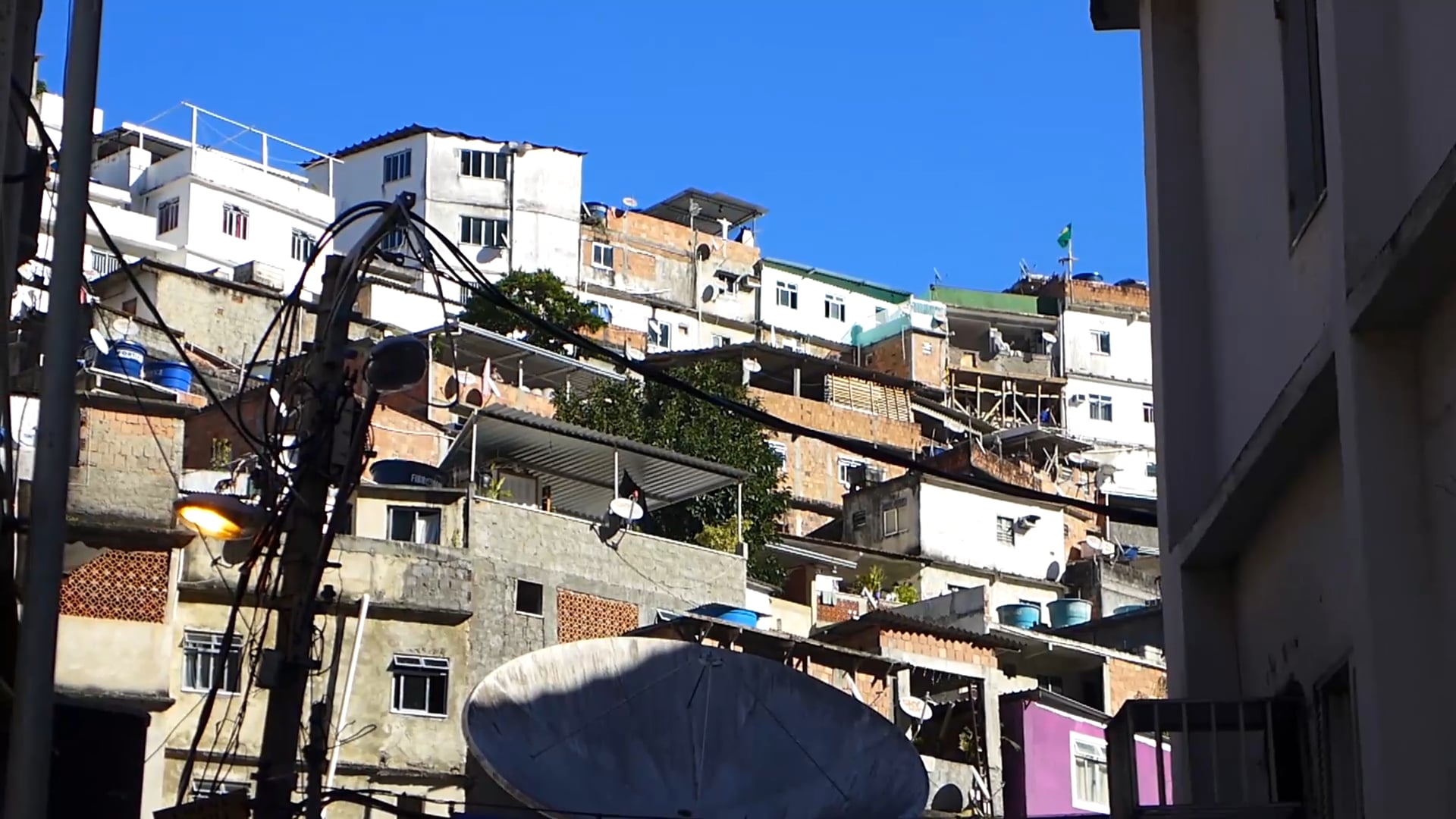
Ivana
Ivana fell in love with Rio and found an opportunity to become a house owner in Vidigal. Even with the surge in Rio’s South Zone favela real-estate prices, houses were still affordable for middle-class foreigners with relatively modest savings. Ninho and I visit her new house while providing assistance with renovation plans. Ivana, the film, gives us an insight into the motivations and aspirations of someone who could be described as a pioneer gentrifier. The difference between Ivana’s and Marion’s projects was clear. The former, a middle-class European, wished to become part of Vidigal. The latter, a successful entrepreneur from Rio de Janeiro, could afford the risky investment involved in erecting a small rental studio apartment building in a pacified favela. The motivations, desires, plans and expectations of those who have invested in Vidigal varied as widely as the configuration of these new favela dwellers and entrepreneurs.
